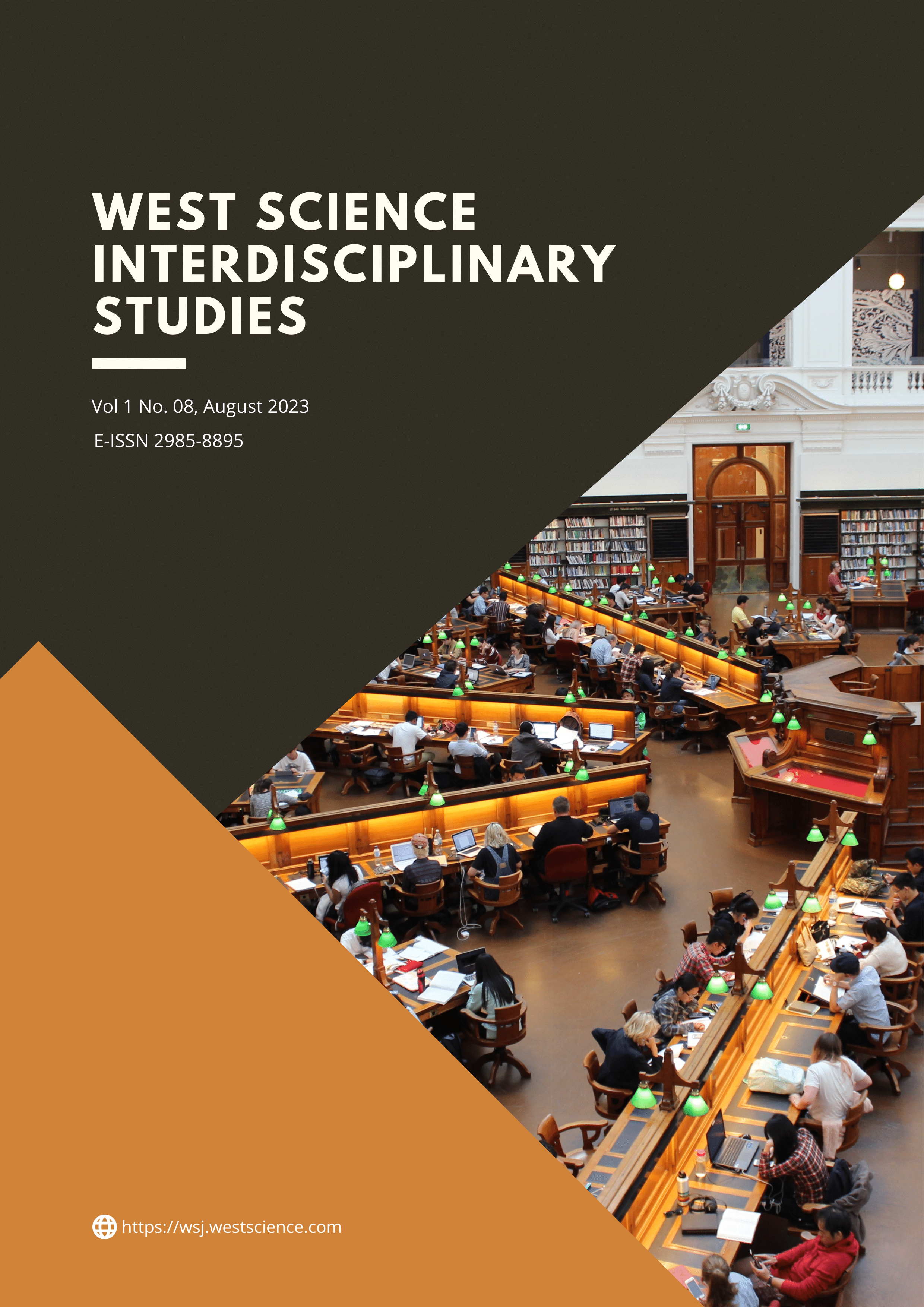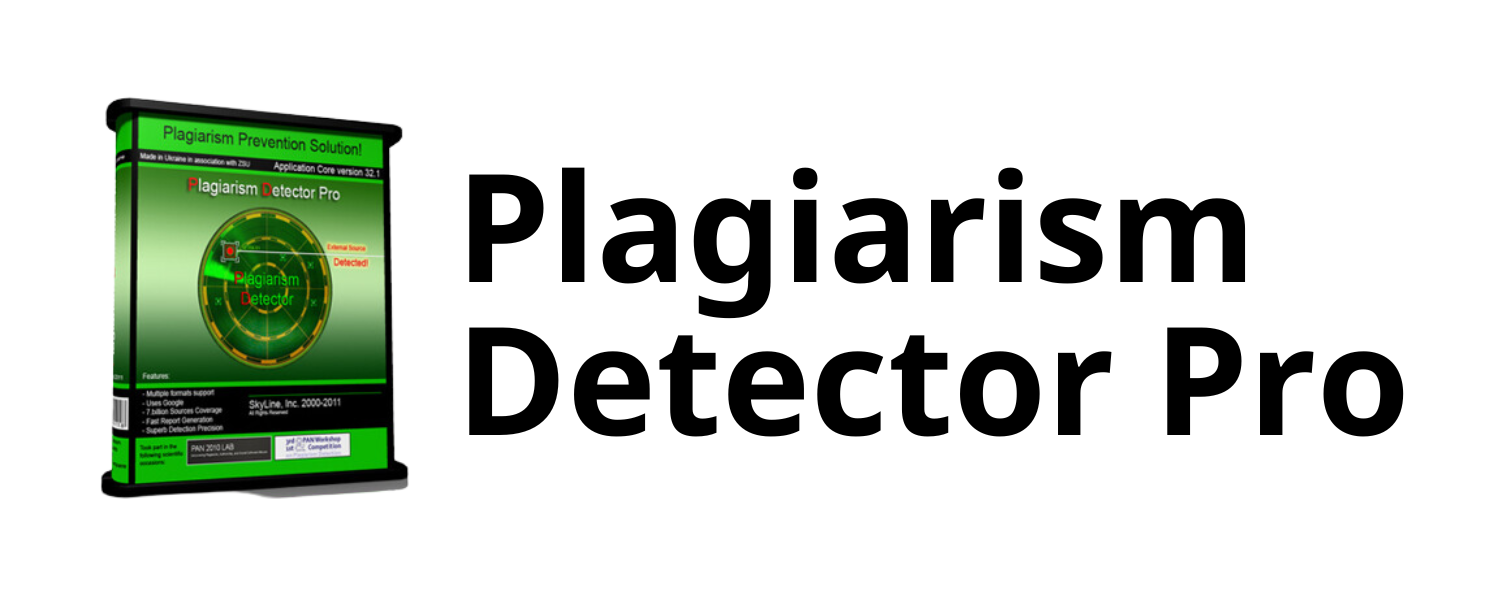Carbon Steel Biocorrosion Inhibition by Methanol Extract Gracilaria Edulisin Seawater
DOI:
https://doi.org/10.58812/wsis.v1i08.149Keywords:
Macroalgae, Gracilaria Edulis, Thiobacillus Ferrooxidans, Biocorrosion, Seawater, Nacl 2.5%, Corrosion Rate, Carbon SteelAbstract
Biocorossion in terrestrial and marinal habitats has been widely studied including the involvement of sulphate reducing bacteria which are of particular concern in the oil and gas industries. One of the sulphate reducing bacteria that triggers biocorossion is Thiobacillus ferrooxidans. This study examines the effectiveness of Gracilaria edulis macroalgae methanol extract obtained from Sayang Heulang Beach Pamengpeuk District, Garut Regency, West Java as a candidate for carbon steel biocorrosion inhibitors in seawater media. Gracilaria edulis extraction process using Folch extraction method (chloroform: methanol: phosphate buffer, 2: 1: 0.8 (v / v)). Separation of the crude methanol-water phase extract using silica column chromatography G-60 7733 with n-hexane: acetone (8: 2, 5: 5, 2: 8 (v / v)) and methanol p.a. From the results of the analysis using a UV spectrophotometer (190-400 nm) there were five combined fractions (Fraction A-Fraction E). Total content of phenolic compounds (TPC) in crude extracts of methanol-water, fraction C and fraction E respectively (410.77; 285.30; 309.51) (mg/gr GAE). The results of the qualitative test of the ability of biocorrosion inhibition of crude extracts of methanol-water phase, fraction C and fraction E by using commercial nails in solid media incubated for four days showed a decrease in the corrosion intensity on nails. Quantitative tests on the ability of biocorrosion inhibition were carried out using the weight-loss method and the results of quantitative tests showed the corrosion rate of fraction C was 12.14 ± 1.09 mpy and the fraction E was 13.94 ± 1.82 mpy for 2.5% NaCl medium while the corrosion rate of fraction C was 10.73 ± 3.63 mpy and the fraction E was 11.72 ± 0.59 mpy for seawater media. The optimum concentration test results in the inhibition showed the smallest corrosion rate fraction C was found at 0.2 mg / mL TPC levels both in 2.5% NaCl media and seawater media which each had a corrosion rate of 12.91 mpy and 8.09 mpy and the optimum concentration of fraction E was found in TPC levels of 0.4 mg / mL (2.5% NaCl media) with a corrosion rate of 14.32 mpy and TPC levels of 0.1 mg / mL (sea water medium) with a corrosion rate of 12.14 mpy. By using the optimum fraction C concentration, the results showed that the fraction C had the maximum resistance in inhibiting for 8 days (192 hours). Analysis of carbon steel plates using SEM and EDS showed that T. ferrooxidans bacterial cells formed a biofilm layer on the surface of the carbon steel plate with a localized density but mostly dominated the carbon steel plate surface and by the addition of SEM image inhibitors showed the carbon steel plate forming a layer thin that protects the metal surface and decreases the solubility of iron sulfide in water. The test results using EDS devices also detect the presence of sulfur elements and a decrease in the percentage of iron element mass on carbon steel plates without inhibitors.
References
Afifah, I. (2012): Bioactivity of Sargassum sp. and Gracilaria sp as a corrosion inhibitor on carbon steel, Thesis, Bandung Institute of Technology.
Al-Abbas, FM, Williamson, C., Bhola, SM, Spear, JR, Olson, DL, Mishra, B., (2013): Influence of sulfate reducing bacterial biofilm on corrosion behavior of lowalloy, high-strength steel (API) -5L X80). Int Biodeter Biodegr, 78, 34 – 42.
Beech, IB, and Gaylarde, CC (1999): Recent Advances in the Study of Biocorrosion—An Overview. Revista de Microbiologia, 30, 177 - 190.
Beech, IB, and Sunner, J. (2004): Biocorrosion, towards understanding interactions between biofilms and metals. Curr. Opin. Biotechnol, 15, 181 – 186.
Behbahani, M., Shanehsazzadeh, M., Shokoohinia, Y. dan Soltani, M. (2013): Evaluation of anti-herpetic activity of methanol seed extract and fractions of Securigera securidaca in vitro, Journal Antivirals and Antiretrivirals, 5 (4) , 72–76.
Bhola, S., Al-Abbas, FM (2014): Neem extract as an inhibitor for biocorrosion influenced by sulfate reducing bacteria: A preliminary investigation. Engineering Failure Analysis, 36, 92 - 104.
Coetser, SE, and Cloete, TE (2005): Biofouling and biocorrosion in industrial water systems, Critical Review in Microbiology, 31, 213 – 232.
Cribb, AB (1998): Seaweeds of Queensland, The Naturalist Guide, Handbook 2, The Queensland Naturalists Club, Queensland, 87.
Deyab, MA (2016). Inhibition activity of seaweed extract for mild carbon steel corrosion in saline formation water, Desalination, 384, 60 – 67.
Do, QD, Angkawijaya, AE, Tran-Nguyen, PL, Huynh, LH, Soetaredjo, FE, Ismadji, S., Ju, Y. (2014): Effect of extraction solvent on total phenol content, total flavonoid content, and antioxidant activity of Limnophila aromatica. Journal of food and drug analysis, 22 (3), 296 - 302.
Frananta, D. (2016): Study of the effect of extracts of tropical marine macroalgae Gracilaria verrucosa as a biocorrosion inhibitor on carbon steel, Master's Program Thesis, Bandung Institute of Technology.
Giacobone, AFF, Pizarro, RA, Rodriguez, SA, Belloni, M., Croatto, FJ, Ferrari, F., Herrera, C., Mendizabal, MI, Montes, J., Aliciardi, MR, Saucedo, R., Ovando., LE, and Burkart, AL (2015): Biocorrosion at embalm nuclear power plant-analysis of the effect of a biocide product, Procedia Materials Science, 8, 101 – 107.
Hamilton, WA (1985): Sulfate-reducing bacteria and anaerobic corrosion. Annu Rev Microbiol, 39, 195 – 217.
Harahuc, L., Lizama, HM, Suzuki, I. (2000): Selective inhibition of the oxidation of ferrous iron or sulfur in Thiobacillus ferrooxidans. appl. environment. Microbiol., 66(3), 1031–1037.
Holappa, L. (2014). Secondary Steelmaking. In Treatise on Process Metallurgy, Elsevier Ltd, 3, 301 – 345.
Javaherdashti R. (2008): Microbiologically influenced corrosion – an engineering insight, London: Springer-Verlag.
Jensen, AB, and Webb, C. (1995): Ferrous sulphate oxidation using Thiobacillus ferrooxidans: a review. Process Biochemistry. 30, 225 - 236.
Kakooei, S., Ismail, MC, and Ariwahjoedi, B. (2012): Mechanisms of microbiologically influenced corrosion: a review, World Applied Sciences Journal, 17 (4), 524 – 531.
Kumari, P., Reddy C. K., and Jha, B. (2011): Comparative evaluation and selection of a method for lipid and fatty acid extraction from macroalgae, Analytical Biochemistry, 414, 134 – 144.
Little, BJ, Lee, JS (2007): Microbiologically influenced corrosion, Hoboken, New Jersey: Wiley Sons Inc.
Marjoni MR, Afrinaldi, Novita, AD (2015): Total Phenol Content and Antioxidant Activity of Kersen Leaf Water Extract (Muntingia calabura L.). Yarsi Medical Journal, 23, 187 - 196.
Mishra, A. (2018): Sargassum, Gracilaria and Ulva Exhibit Positive Antimicrobial Activity against Human Pathogens. Open Access Library Journal, 5, 1 - 11.
Rajakumar R., Allwin SY (2017): Preliminary Phytochemical and Antimicrobial Studies on The Crude Extract of Red Algae Gracilaria Edulis Against Clinical Isolates. European Journal of Pharmaceutical and Medical Research, 4 (7) : 763 - 766.
Rueter, P., Rabus, R., Wilkest, H., Aeckersberg, F., Rainey, FA, Jannasch, HW, (1994): Anaerobic oxidation of hydrocarbons in crude oil by new types of sulphate reducing bacteria. Nature, 372, 455–458.
Salvador, N., Gomez, GA, Lavelli, L. and Ribera, MA (2007): Antimicrobial Activity of Iberian Macroalgae. Scientia Marina, 71, 101 - 113.
Selvin, J. and Lipton, AP (2004): Antifouling activity of bioactive substances extracted from Holothuria scabra. Hydrobiology, 513, 251 - 253.
Sheeja, L., Lakshmi, D., Bharadwaj, S., Parveen, KS (2016). Anticancer activity of phytol purified from Gracilaria edulis against human breast cancer cell line (MCF-7). Int J Curr Sci., 19(4), 36 – 46.
Sheng, X., Ting, Y., Pehkonen, S. (2007): The influence of sulphate-reducing bacteria biofilm on the corrosion of stainless steel AISI 316. Corrosion science, 49, 2159 - 2176.
Skoog, D. A, Holler, FJ, Nieman, TA (1998): Principles of instrumental analysis 5th Edition, Harcourt Brace & Co, USA.
Spiridon, I., Bodirlau, R., and Teaca, C. (2011): Total phenolic content and antioxidant activity of plants used in traditional Romanian herbal medicine, Central European Journal of Biology, 6 (3), 388 – 396.
Taylor, WR (1992): Marine Algae of The Eastern Tropical and Subtropical Coasts of the Americas, The University Of Michigan Press, Michigan, 438.
Tuovinen, OH, Niemela, SI and Gyllenberg, HG (1971): Effect of mineral nutrients and organic substances on the development of Thiobacillus ferrooxidans. Biotechnol. Bioeng., 13, 517 - 527.
Ugochukwu, CO, and Sunday, I. (2014): Cow Urine Effectiveness in Control of Microbially Induced Corrosion on Oil Transmission Pipelines. International Journal of Engineering and Innovative Technology (IJEIT), 3, 192 - 196.
Videla, HA (1996): Manual of Biocorrosion. 1st edition. CRC Lewis Publishers, Boca Raton.
Widharto, S. (1997): Rust and its Prevention. Pradnya Paramitha, Jakarta.
Downloads
Published
Issue
Section
License
Copyright (c) 2023 Fildzah Istiqomah Dukalang, Fida Madayanti Warganegara, Bunbun Bundjali

This work is licensed under a Creative Commons Attribution-ShareAlike 4.0 International License.





















 Instagram
Instagram 